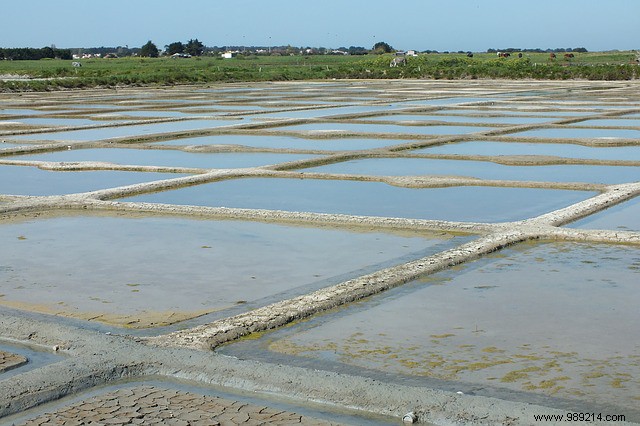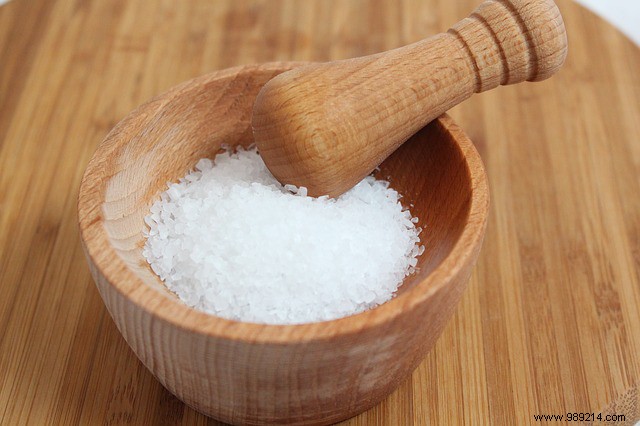
We all know the harmful effects of too much salt consumption on our health. Also, it is time to learn how to control your intake to protect yourself from the risks of cardiovascular disease, osteoporosis or even kidney disease.
Used since the Middle Ages, the main purpose of salt is to enhance the taste of our meals:we speak of flavor enhancer. Of marine origin, it is harvested in salt marshes located near the sea or in seas of rock salt. Salt is necessary for the proper functioning of our body. But since it is not made naturally by our body, it must come from our diet. You should know that this product contains a number of minerals, including sodium.
It is another essential mineral in the body's state of hydration. It is found in the blood and the extracellular fluid that encloses the cells. Sodium will allow the cells to let through all the nutrients they need for their proper functioning. After integration into the cell, the sodium has finished its work and must then be evacuated, otherwise the cells would remain swollen. It is at this stage that potassium intervenes which will facilitate the elimination of the mineral thanks to a mechanism of "pumps".
As you will have understood, for better health and well-regulated blood pressure, it is necessary to have a balanced ratio between sodium and potassium. The challenge of our diet therefore lies in the quest for this perfect balance:less sodium, enough potassium.
Our current diet is marked by too much salt, leading to an imbalance between the amounts of sodium/potassium. This has adverse impacts on health. A high salt intake is indeed a source of cardiovascular disease and high blood pressure. Too much can lead to stomach cancer.
But that's not all. Too much salt could promote the onset of osteoporosis. In order to avoid all these health problems, the WHO has issued its recommendations as to the ideal consumption of this condiment. Thus, an adult person should consume only 5 g of salt per day, equivalent to 2 g of sodium. Children's consumption, on the other hand, depends on their energy expenditure, weight and height.

Sodium is naturally present in various foods. However, it is industrial foods that contain a lot, such as aperitif cakes or crisps. It is advisable to favor vegetables "without added salt" and lean poultry or fresh fish rather than vacuum-packed cold meats or vacuum-packed meats. Instead of salt, you can use spices or herbs to enhance the taste of your dishes.
To increase the potassium level in your body, bet on certain specific foods. In terms of vegetables, spinach, broccoli, squash and cabbage are recommended. On the fruit side, stock up on dried apricots, pineapple, citrus fruits and bananas. It is also recommended to consume oleaginous fruits such as hazelnuts and almonds as well as legumes such as lentils, dried peas or even dried beans.